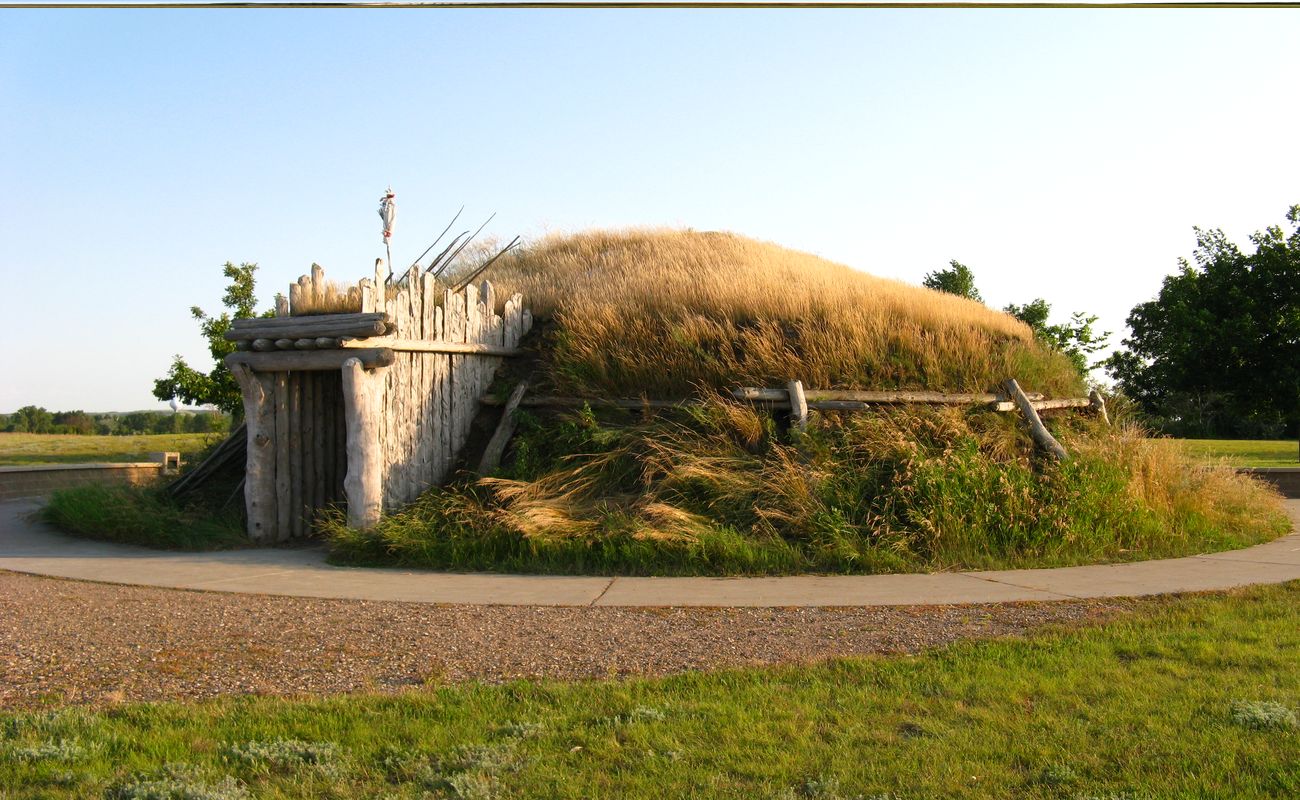Hidden Trading Posts Of North Dakota’s Knife River

Have you ever wondered about the hidden trading posts of North Dakota's Knife River? These historic spots offer a glimpse into the past, where Native American tribes and European traders exchanged goods, stories, and cultures. Nestled along the Knife River, these trading posts played a crucial role in shaping the region's history. Imagine walking through the same paths where fur traders once bartered beaver pelts for tools and weapons. Visiting these sites not only provides a history lesson but also a unique adventure. Ready to step back in time and explore the hidden gems of North Dakota's Knife River? Let's dive in!
Discovering the Hidden Trading Posts of North Dakota's Knife River
North Dakota's Knife River area holds a rich history of trading posts that once thrived along its banks. These hidden gems offer a glimpse into the past, where traders and Native American tribes exchanged goods and stories. Let's uncover some of these fascinating spots.
1. Knife River Indian Villages National Historic Site
This historic site preserves the remnants of several Native American villages. It provides a window into the lives of the Hidatsa, Mandan, and Arikara tribes who lived here centuries ago.
- Location: Near Stanton, ND
- Highlights: Earthlodges, museum exhibits, and hiking trails
- Why Visit: Experience the culture and history of the tribes who traded along the Knife River.
2. Fort Clark Trading Post State Historic Site
Fort Clark was a significant trading post where Native Americans and European traders met. Today, it stands as a testament to the bustling trade that once occurred here.
- Location: Near Washburn, ND
- Highlights: Ruins of the fort, interpretive signs, and scenic views
- Why Visit: Learn about the interactions between Native Americans and European traders.
3. Double Ditch Indian Village State Historic Site
This site features the remains of a large Mandan village. It was a major hub for trade and social gatherings, making it an essential stop for anyone interested in the region's history.
- Location: Near Bismarck, ND
- Highlights: Village ruins, walking trails, and interpretive panels
- Why Visit: Explore the extensive ruins and imagine life in a bustling Mandan village.
4. Fort Mandan Historic Site
Fort Mandan served as the winter quarters for the Lewis and Clark Expedition. It was here that they interacted with local tribes and traded for essential supplies.
- Location: Near Washburn, ND
- Highlights: Reconstructed fort, museum, and educational programs
- Why Visit: Step into the shoes of Lewis and Clark and see where they prepared for their journey westward.
5. Huff Indian Village State Historic Site
Huff Indian Village offers a glimpse into the life of the Mandan people before European contact. The site includes the remains of earthlodges and fortifications.
- Location: Near Huff, ND
- Highlights: Archaeological remains, interpretive signs, and scenic views
- Why Visit: Discover the pre-contact history of the Mandan people and their impressive village structures.
6. Fort Union Trading Post National Historic Site
Fort Union was one of the most important fur trading posts on the Upper Missouri River. It played a crucial role in the trade between Native American tribes and European settlers.
- Location: Near Williston, ND
- Highlights: Reconstructed fort, museum exhibits, and living history programs
- Why Visit: Experience the vibrant history of fur trading and the cultural exchanges that took place here.
7. Menoken Indian Village State Historic Site
Menoken Indian Village is an archaeological site that offers insights into the lives of the Plains Village people. It features the remains of a fortified village that dates back over 800 years.
- Location: Near Bismarck, ND
- Highlights: Archaeological remains, interpretive signs, and walking trails
- Why Visit: Explore the ancient history of the Plains Village people and their unique way of life.
8. Fort Abercrombie State Historic Site
Fort Abercrombie was the first military outpost in North Dakota. It served as a vital trading and military hub during the mid-19th century.
- Location: Near Abercrombie, ND
- Highlights: Reconstructed fort buildings, museum, and interpretive trails
- Why Visit: Learn about the military history and the role of the fort in protecting traders and settlers.
9. Fort Totten State Historic Site
Fort Totten was originally established as a military post but later became an Indian boarding school. It offers a unique perspective on the changing roles of such sites over time.
- Location: Near Devils Lake, ND
- Highlights: Historic buildings, museum, and educational programs
- Why Visit: Understand the complex history of the site and its impact on Native American communities.
10. Fort Buford State Historic Site
Fort Buford played a significant role in the Indian Wars and the settlement of the Northern Plains. It was here that Sitting Bull surrendered in 1881.
- Location: Near Williston, ND
- Highlights: Historic buildings, museum exhibits, and interpretive programs
- Why Visit: Delve into the history of the Indian Wars and the fort's role in shaping the region.
Hidden Trading Posts Await
North Dakota's Knife River holds secrets waiting to be discovered. These hidden trading posts offer a glimpse into the past, showcasing the rich history and culture of the region. Exploring these sites, you'll find remnants of a time when trade and community thrived along the riverbanks. The Knife River Indian Villages National Historic Site stands out, preserving the heritage of the Northern Plains tribes.
Visiting these trading posts isn't just about history; it's about connecting with the land and understanding the stories that shaped it. Whether you're a history buff or just curious, these sites provide a unique experience. Pack your bags, grab a map, and set out to uncover the hidden gems of Knife River. The adventure promises to be both educational and unforgettable.

